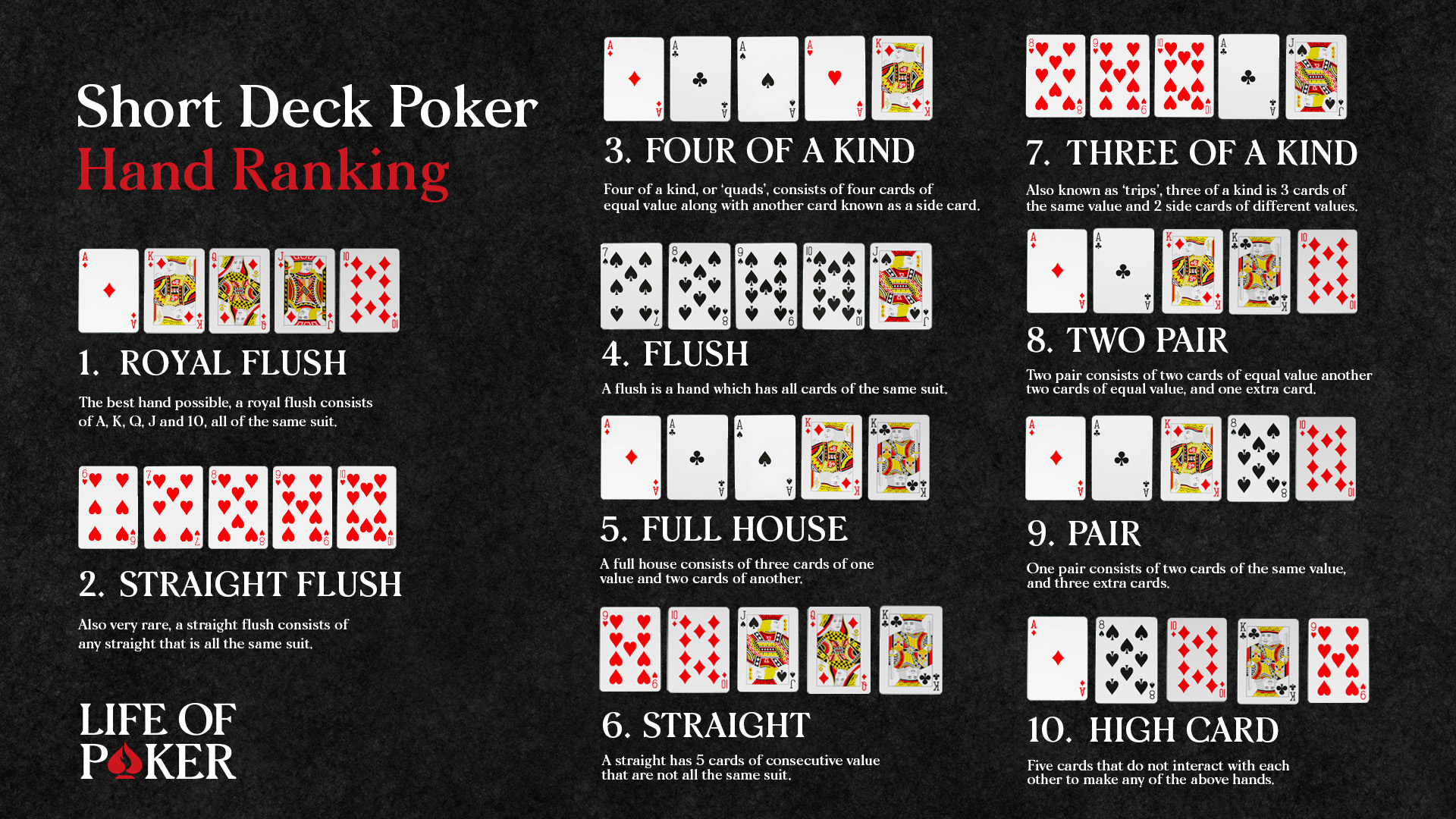Introduction
Poker decks are an essential part of card games around the world. Whether you’re a casual player, a seasoned poker enthusiast, or a collector, understanding the different types of poker decks can enhance your appreciation of the game. From classic designs to modern innovations, poker decks come in a variety of styles, materials, and functionalities. Let’s explore the history, types, and tips for choosing the perfect deck for your next game night.
The Origins of the Poker Deck
The modern deck used in poker traces its roots to 14th-century Europe, where card games spread across different cultures. The French design—featuring hearts, diamonds, clubs, and spades—eventually became the global standard. By the 19th century, the 52-card format had become the norm for poker-related games in America.
In addition to the main deck, most sets include two jokers, which are optional depending on the game. Though not typically used in standard poker, they can be handy in certain house rules or other card games.
What Makes Up a Standard Poker Deck?
A traditional poker set includes:
-
Four suits: hearts, diamonds, clubs, and spades
-
Thirteen cards per suit: ace through king
-
Two jokers: often included but rarely used in official poker games
These cards are typically larger in width than those used in bridge, making them easier to shuffle and deal at a poker table.
Common Types of Playing Decks for Poker
Different materials and designs cater to different needs. Here are the most popular options:
1. Plastic-Coated Cards
Affordable and easy to find, these are great for casual players. However, they may wear out faster with frequent use.
2. 100% Plastic Cards
Preferred by casinos and serious players, plastic cards last longer and are resistant to water and bending.
3. Custom and Collector Editions
Some decks feature artwork or branding, making them perfect for collectors or themed game nights. They may not be suitable for formal play, but they add a creative touch.
4. Marked Cards
These are designed with subtle symbols for magic tricks or demonstrations. They’re not meant for honest gameplay but serve specific entertainment purposes.
Choosing the Right Cards for Your Game
When shopping for a new deck, keep the following in mind:
-
Durability: Opt for plastic if you play often
-
Design: Clear, readable faces are crucial
-
Texture: A smooth or linen finish can affect how the cards handle
-
Brand Reputation: Trusted names like Bicycle, Copag, and Kem are known for quality
Think about your play style. For frequent games, a durable deck is worth the investment. For occasional or themed play, aesthetics might matter more.
Maintaining Your Cards
To keep your cards in good shape:
-
Store them in a protective box
-
Avoid exposure to heat or moisture
-
Keep food and drinks away during gameplay
-
Clean plastic cards gently if they get dirty
With proper care, a good deck can last for years.
Conclusion
Understanding the types and features of poker decks can enhance your gameplay and make each session more enjoyable. From standard paper decks to premium plastic cards, there’s something for everyone. Whether you’re a beginner or a pro, choosing the right cards adds to the fun and fairness of the game.

